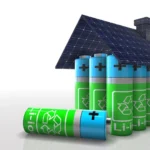Virtual appointments for canadians ONLY!
Best Resiliency Measures to Store Energy: Preparing for a Sustainable Future
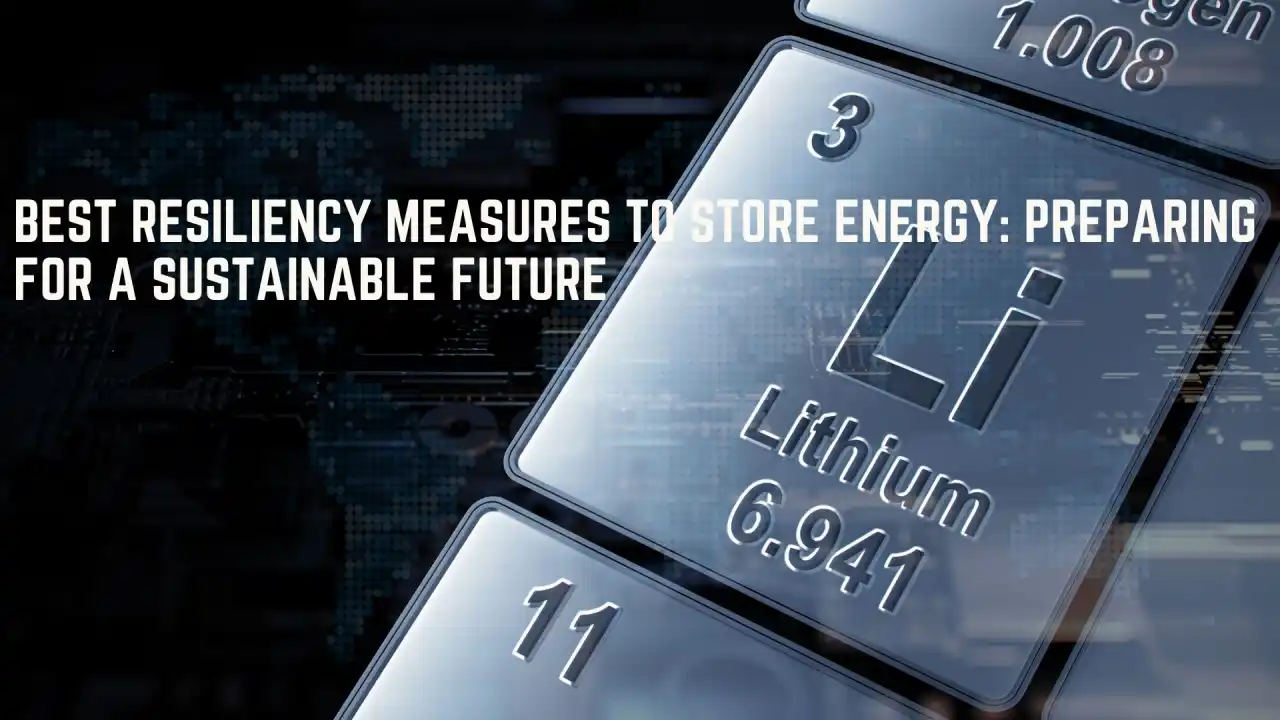
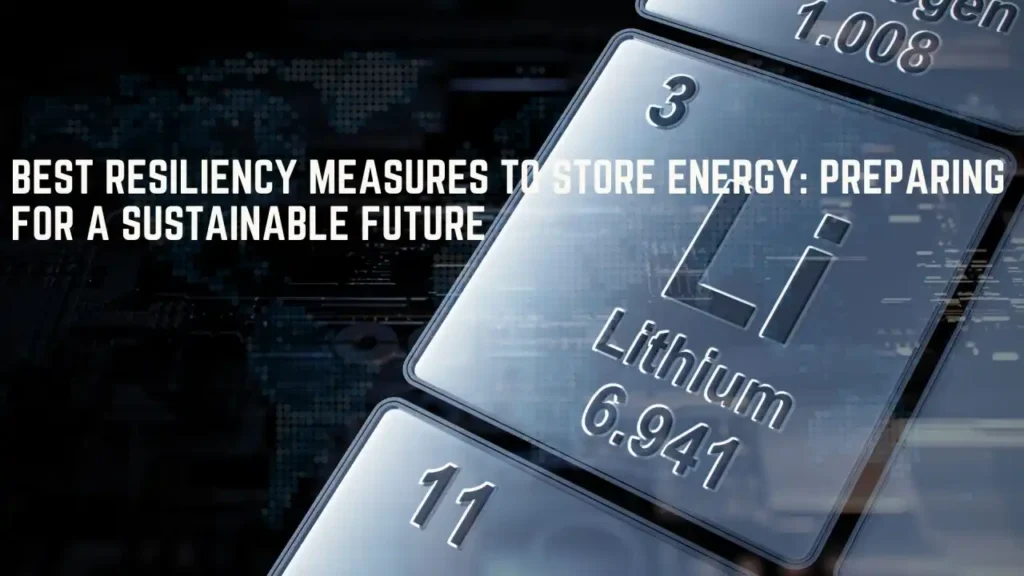
As the world transitions to cleaner energy systems, the ability to store energy efficiently has become a cornerstone of climate action. Energy storage technologies play a critical role in reducing pollution, enhancing grid reliability, and supporting renewable energy adoption. Whether you’re an electric vehicle (EV) owner or a homeowner looking for sustainable solutions, understanding the best energy storage options is essential.
In this article, we’ll explore the top resiliency measures for energy storage, focusing on technologies like lithium batteries, renewable integration, and their role in combating climate change.
Why Energy Storage Matters
Energy storage systems enable the efficient use of renewable energy sources such as solar and wind, which are intermittent by nature. By storing excess energy during peak production times, these systems ensure a reliable power supply when energy demand is high or production is low.
Key benefits include:
- Reduced Pollution: Efficient storage reduces reliance on fossil fuels, lowering greenhouse gas emissions.
- Support for EVs: Energy storage ensures stable charging infrastructure for electric vehicles.
- Climate Action: By enabling renewable energy adoption, storage technologies are critical to achieving global climate goals.
Best Energy Storage Solutions for Resiliency
1. Lithium-Ion Batteries
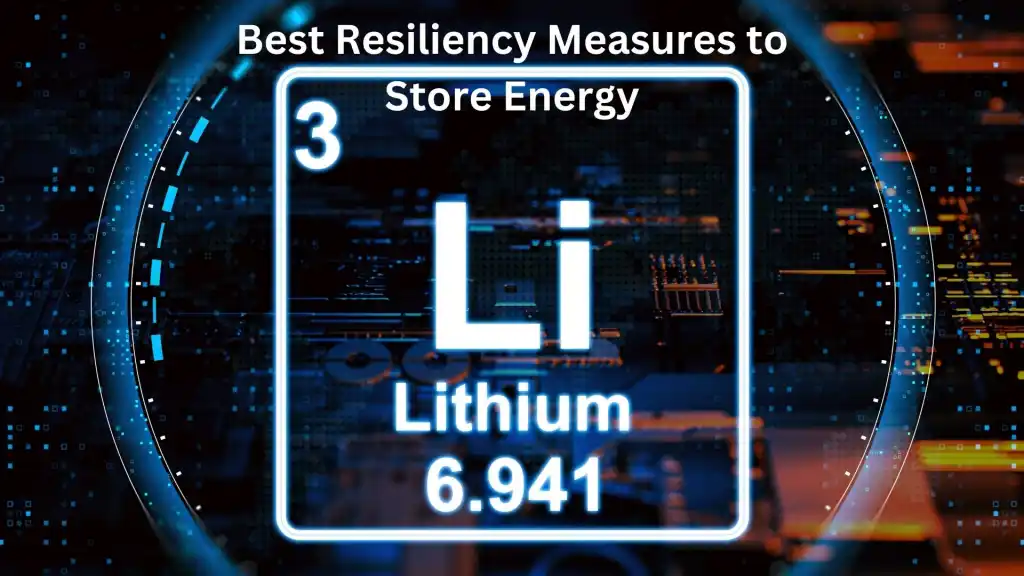
Lithium-ion batteries are the gold standard for energy storage due to their high energy density, efficiency, and longevity. Used in everything from electric vehicles (EVs) to home energy systems, lithium-ion technology has revolutionized the way we store energy.
- Applications: EVs, residential solar systems, and portable energy storage solutions.
- Benefits: Quick charging, long lifespan, and scalability for various needs.
- Examples: Tesla Powerwall, LG Chem RESU, and EV batteries in cars like the Tesla Model 3 or Nissan Leaf.
Climate Impact: Lithium batteries enable the widespread use of renewable energy, reducing pollution from traditional power sources.
2. Vehicle-to-Grid (V2G) Technolog
For electric vehicle owners, vehicle-to-grid (V2G) technology transforms EVs into mobile energy storage units. With V2G, EV batteries can store energy and supply it back to the grid during peak demand, enhancing grid resiliency.
- Applications: EVs connected to smart grids.
- Benefits: Dual functionality as a transportation and energy storage solution.
- Examples: Nissan’s LEAF-to-Home system and Ford F-150 Lightning’s bi-directional charging.
Climate Action: V2G reduces strain on power grids and increases renewable energy usage.
3. Flow Batteries
Flow batteries are emerging as a promising technology for large-scale energy storage. Unlike lithium-ion batteries, flow batteries use liquid electrolytes stored in external tanks, allowing scalability and longer charge-discharge cycles.
- Applications: Grid storage, industrial applications, and renewable energy integration.
- Benefits: Long lifespan, minimal degradation, and scalability for high-capacity needs.
- Examples: Vanadium redox flow batteries.
Pollution Reduction: Flow batteries support renewable energy storage, reducing dependency on polluting power plants.
4. Hydrogen Energy Storage
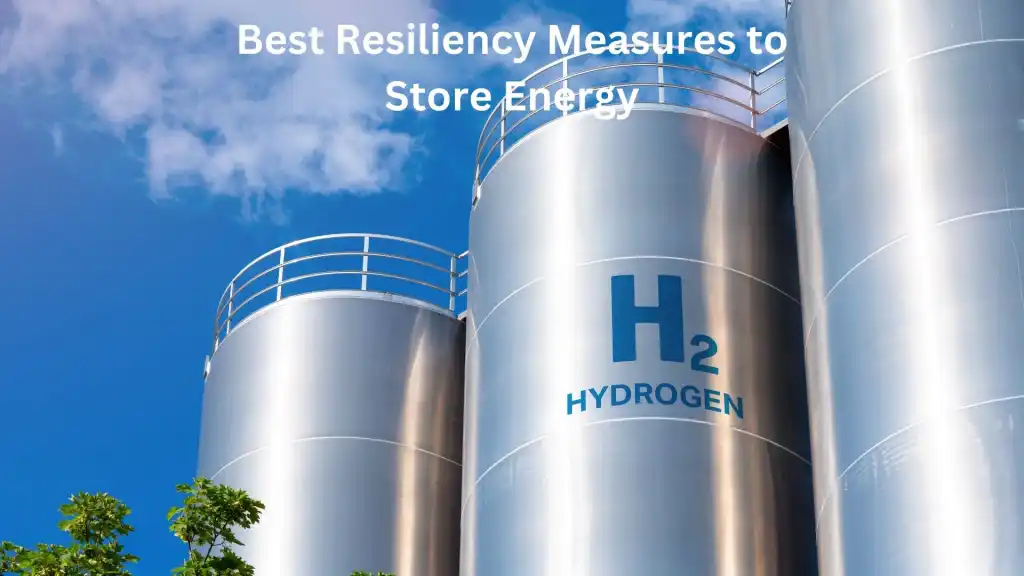
Hydrogen storage systems convert excess renewable energy into hydrogen gas, which can later be used for electricity generation or as fuel. This method offers long-term storage and is a vital component of a future zero-emission energy system.
- Applications: Industrial energy storage, hydrogen-powered vehicles, and renewable integration.
- Benefits: Large capacity and flexibility for various energy uses.
- Examples: Green hydrogen production facilities and hydrogen fuel cell EVs like the Toyota Mirai.
Climate Action: Hydrogen systems reduce carbon emissions by replacing fossil fuels in energy production and transportation.
5. Thermal Energy Storage
Thermal energy storage systems store heat or cold energy for later use, often in buildings or industrial processes. These systems enhance energy efficiency and reduce the need for electricity during peak hours.
- Applications: Heating and cooling systems, solar thermal power plants.
- Benefits: Cost-effective and sustainable, especially in climates with extreme temperatures.
- Examples: Molten salt storage in concentrated solar power (CSP) plants.
Pollution Reduction: By offsetting fossil-fuel-based heating and cooling systems, thermal storage lowers greenhouse gas emissions.
6. Solid-State Batteries
Solid-state batteries are an advanced version of lithium-ion batteries, using solid electrolytes instead of liquid. This technology promises higher energy density, improved safety, and faster charging times.
- Applications: EVs, consumer electronics, and grid storage.
- Benefits: Compact design, safer operation, and longer lifespan.
- Examples: Prototypes being developed by companies like Toyota and QuantumScape.
EV Focus: Solid-state batteries will likely revolutionize electric vehicles, enabling longer ranges and quicker charging.
7. Energy-Resilient Homes with Solar Plus Storage
For homeowners, combining solar panels with energy storage systems like lithium batteries provides energy independence and resilience. These systems ensure power availability during outages and optimize energy usage.
- Applications: Residential energy storage with rooftop solar systems.
- Benefits: Reduced energy bills, backup power, and lower carbon footprint.
- Examples: Tesla Powerwall and Sonnen ecoLinx.
Climate Action: Solar-plus-storage systems promote renewable energy adoption and reduce pollution.
How Energy Storage Contributes to Climate Action
Energy storage is a critical component of global efforts to combat climate change. By enabling the reliable use of renewable energy, storage technologies:
- Reduce pollution from fossil fuels.
- Support the electrification of transportation through EV adoption.
- Provide stability to power grids, allowing greater renewable energy penetration.
Conclusion:
Investing in energy storage technologies like lithium batteries, heat pumps, V2G systems, and thermal storage is essential for creating a resilient and sustainable energy future. These solutions not only reduce pollution but also play a crucial role in combating climate change and supporting climate action goals.
As we move toward a cleaner energy future, adopting energy storage technologies will empower individuals, businesses, and governments to achieve energy independence while protecting the planet. Whether you’re an EV owner or a homeowner looking to reduce your carbon footprint, these resiliency measures are the key to a sustainable tomorrow.

